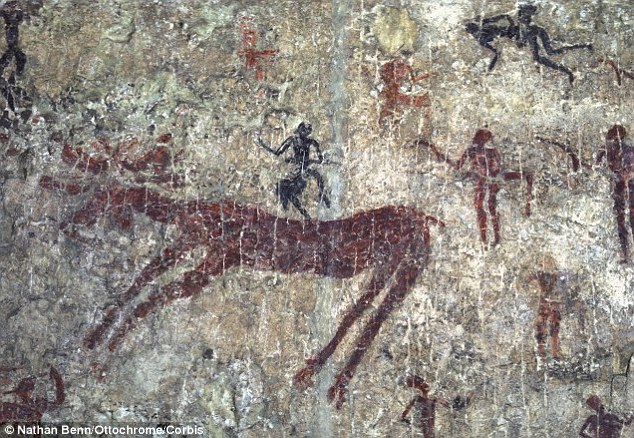DNA reveals origins of first European farmers
A team of international researchers led by ancient DNA experts from the University of Adelaide has resolved the longstanding issue of the origins of the people who introduced farming to Europe some 8000 years ago.
A detailed genetic study of one of the first farming communities in Europe, from central Germany, reveals marked similarities with populations living in the Ancient Near East (modern-day Turkey, Iraq and other countries) rather than those from Europe.
Project leader Professor Alan Cooper, Director of the Australian Centre for Ancient DNA (ACAD) at the University of Adelaide, says: “This overturns current thinking, which accepts that the first European farming populations were constructed largely from existing populations of hunter-gatherers, who had either rapidly learned to farm or interbred with the invaders.”

The results of the study have been published in the online peer-reviewed science journal PLoS Biology.
“We have finally resolved the question of who the first farmers in Europe were — invaders with revolutionary new ideas, rather than populations of Stone Age hunter-gatherers who already existed in the area,” says lead author Dr Wolfgang Haak, Senior Research Associate with ACAD at the University of Adelaide.
“We’ve been able to apply new, high-precision ancient DNA methods to create a detailed genetic picture of this ancient farming population, and reveal that it was radically different to the nomadic populations already present in Europe.
“We have also been able to use genetic signatures to identify a potential route from the Near East and Anatolia, where farming evolved around 11,000 years ago, via south-eastern Europe and the Carpathian Basin (today’s Hungary) into Central Europe,” Dr Haak says.
The project involved researchers from the University of Mainz and State Heritage Museum in Halle, Germany, the Russian Academy of Sciences and members of the National Geographic Society’s Genographic Project, of which Professor Cooper is a Principal Investigator and Dr Haak is a Senior Research Associate.
The ancient DNA used in this study comes from a complete graveyard of Early Neolithic farmers unearthed at the town of Derenburg in Saxony-Anhalt, central Germany.

“This work was only possible due to the close collaboration of archaeologists excavating the skeletons, to ensure that no modern human DNA contaminated the remains, and nicely illustrates the potential when archaeology and genetics are combined,” says Professor Kurt Werner Alt from the collaborating Institute of Anthropology in Mainz, Germany.





